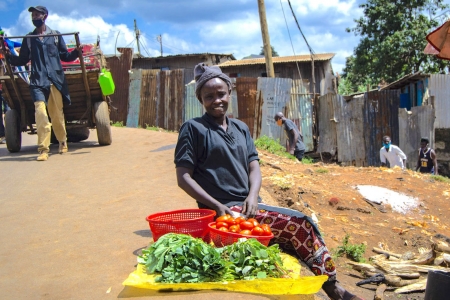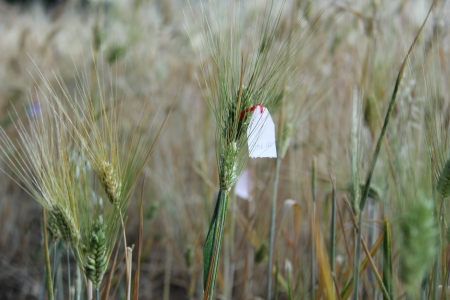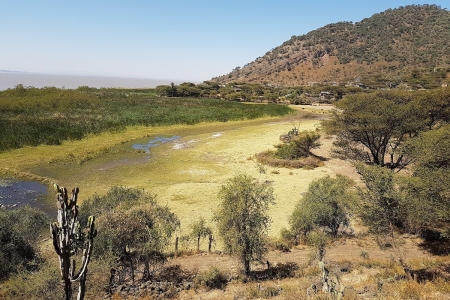Rural-urban migration in sub-Saharan African countries is creating a paradox. As young people leave their homes to work in cities, rural and increasingly aged farming communities are left without sufficient labor to produce food. At the same time, feeding an ever-growing urban population means increasing the production potential of farms, something that is impossible given the current source of farm labor.
On top of this, years of poor farming practices have led to the degradation of agricultural soils and reduced yields, while weather variability and climate change make farming more precarious and risky.
Doing things differently
As a response to farmer complaints about reduced productivity of their fields, scientists at the International Center for Tropical Agriculture (CIAT) decided to set up a trial some 15 years ago in which Conservation Agriculture (CA) methods of production were tested alongside common farmer practices, in order to see what the effects would be in the long-term. Conservation agriculture integrates a set of soil management practices aimed at minimizing soil disturbance and maintaining a constant soil cover.
During the establishment of the trials, the three principles of CA were integrated, namely:
- reduced tillage and soil disturbance
- soil cover with crop residues
- crop rotation and intercropping
After 15 years of consistent implementation of these practices, CIAT has 26 seasons worth of data.
It hasn’t always been easy. “There is no donor who supports such long-term trials for 15 years continuously, so maintaining these trials in good shape had been, and still is, a challenge,” notes Rolf Sommer, team leader of CIAT Africa research area on Agroecosystems and Sustainable Landscapes and co-leader of WLE’s Restoring Degraded Landscapes research program.
In the beginning, the fields that were using CA methods had about 500 kg less grain yield per hectare than those under Conventional Tillage (CT). This is not an unusual observation when CA is first implemented. It is because it takes time for the soil microbes to make nutrients, N in particular, available following compost/residue application. The nutrient lock-up process results in reduced plant growth and final yield during the early stages of CA, leading some farmers to give up on the practices prematurely.
After 3 years, however, the fields where CIAT was implementing CA produced, on average, just as much as CT fields.
And in the long term?
Shifting from CT to CA is often promoted as a promising strategy to slow soil degradation, but the initial reduced productivity that comes with using CA practices has led to low adoption rates by farmers. This is unfortunate, given that in our long-term trials, we not only see similar yields from the two practices, but over time, most of the fields under CT actually experienced a steady yield decline. And it wasn’t just yield that declined, but soil carbon as well, which is a key indicator of soil fertility.
While maize production was sometimes slightly higher under CT and soybean yields increasing under CA, less soil carbon was lost on fields that used CA techniques. Though moisture availability was not a major factor influencing yield in our long-term trial, areas that experience limited rainfall are generally better suited to CA practices, and yields are unaffected or increase as soon as CA is introduced.
Although many farmers are not willing to retain part of the crop residue on the field to “feed the soil” rather than completely removing it to feed livestock, doing so reduces the need for inorganic inputs for growing crops. This not only makes economic sense for poor rural farmers, it is actually less labor intensive.
We’re now in our 16th year and benefits of CA are evident. The observable effects include improved soil health with high microbial richness and abundance, and of course reduced soil carbon losses over time.
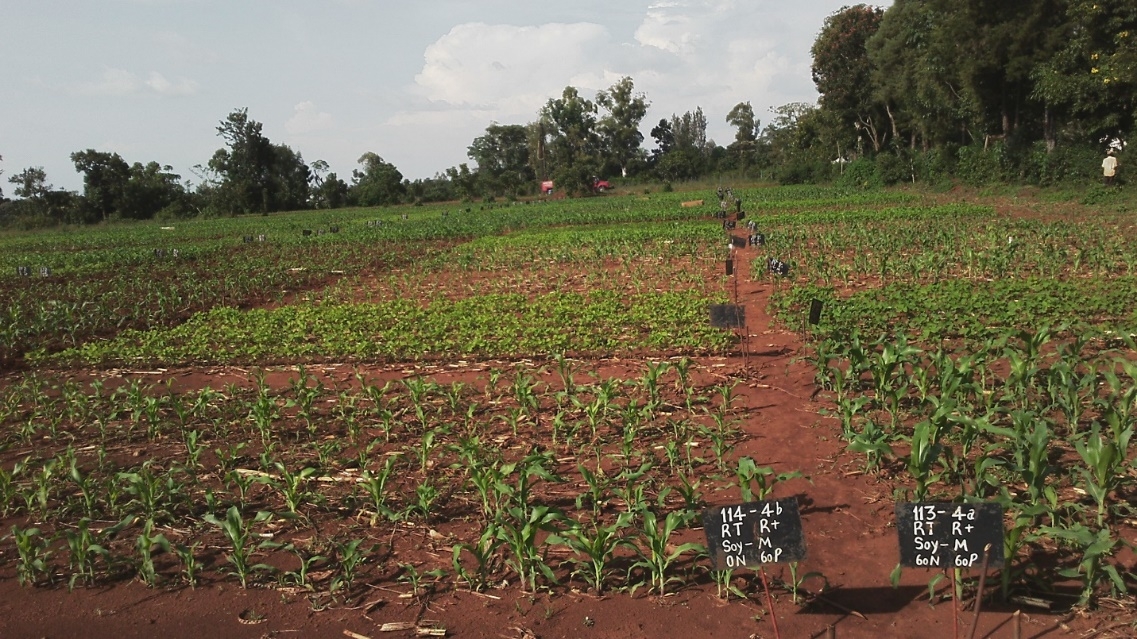
A bit of N and P
Of the 32 cases tested in western Kenya, 3 methods of CA practices emerged as more profitable, practical and producing the highest yields. These are:
- Continuous maize with an application of 60 kg of N/ha
- Continuous maize with an application of 90kg of N/ha
- Maize-soybean rotation with 60 kg of N/ha
In all cases, nitrogen and phosphorus (P) should be periodically applied. Of these methods, the maize-soybean rotation has the fewest inputs, because nitrogen is only applied during the season when maize is planted.
“Considering the soil health benefits of maize-soybean rotation, including reduced pests and diseases, I would recommend CA rotation systems to all farmers in the region,” argues Job Kihara, senior agronomist at CIAT.
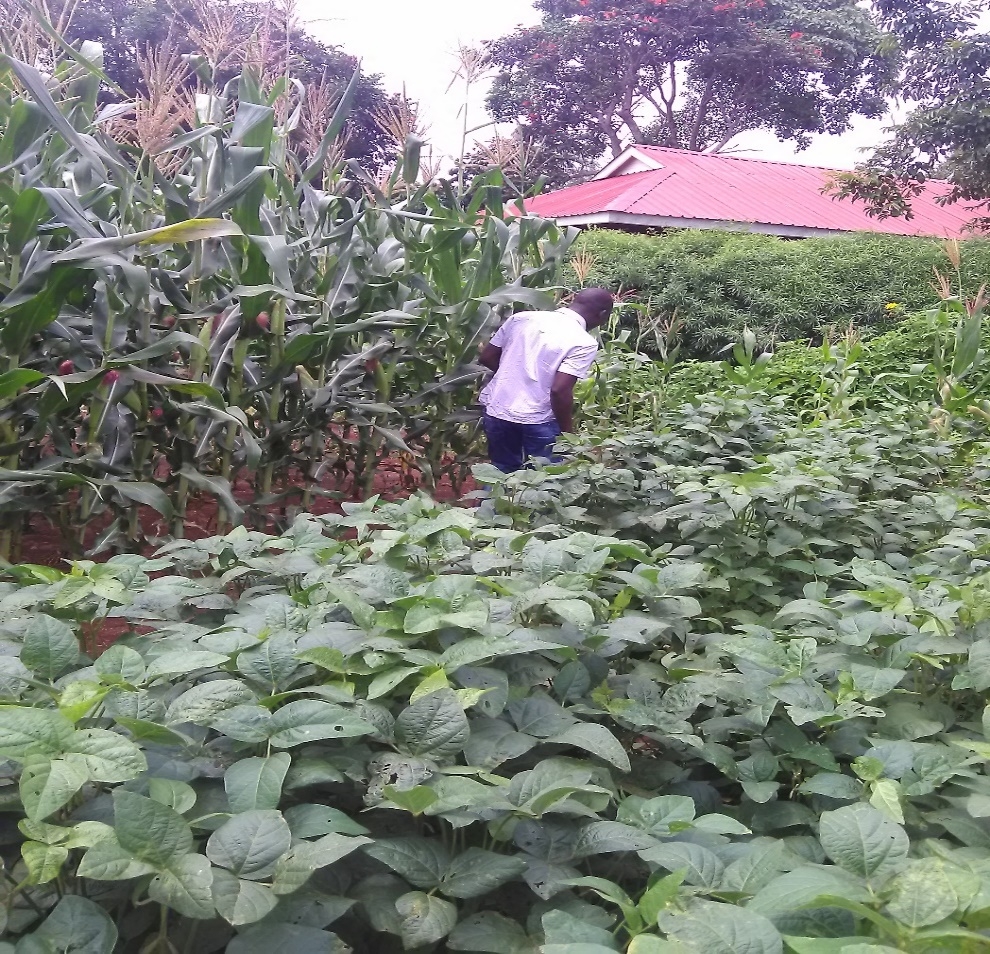
“Farmers could get more profits with these CA practices as a result of the low costs incurred during production,” agrees Michael Kinyua, a researcher with CIAT. “ In our assessments of the difference in cost incurred to produce maize, we found it was $130 less expensive to use CA practices per hectare with a corresponding net benefit of $265 being achieved compared to CT systems. The yields are also more stable.”
In this era of weather and climate variability, adopting practices that increase farmer resilience and enhance their food production capacity is critical. CA has great potential to help the aging and resource poor rural farmers of sub-Saharan Africa save on labor, inorganic inputs and rehabilitate soils that have been degraded through continuous farming.
When CIAT started the CA trials, the agricultural lands they chose were experiencing consistently low production due to poor soil structure, unreliable rainfall, and reduced nutrient availability and retention. After 15 years of increased moisture conservation, temperature regulation, enhanced soil cover lessening soil erosion and soil structural development, they are now recovering. Besides, CA can help in rehabilitating degraded agricultural lands thus increasing the area supporting crop production. If we are to continue to work towards improved livelihoods and enhancing future food security for both rural and urban population, we should give CA a chance.





